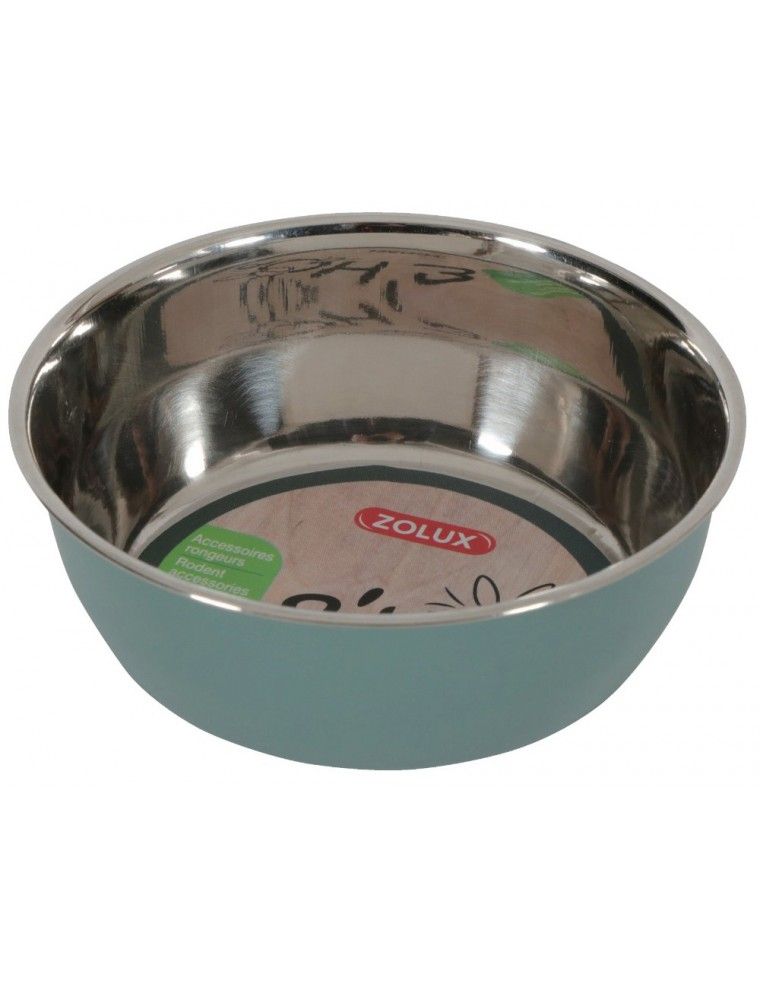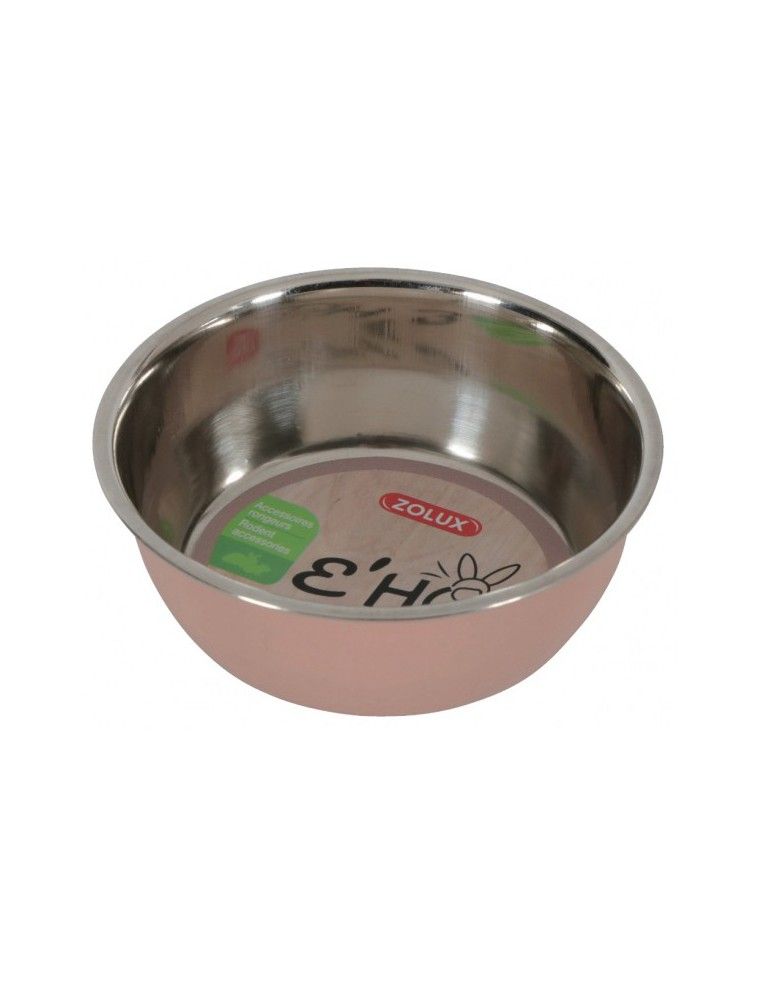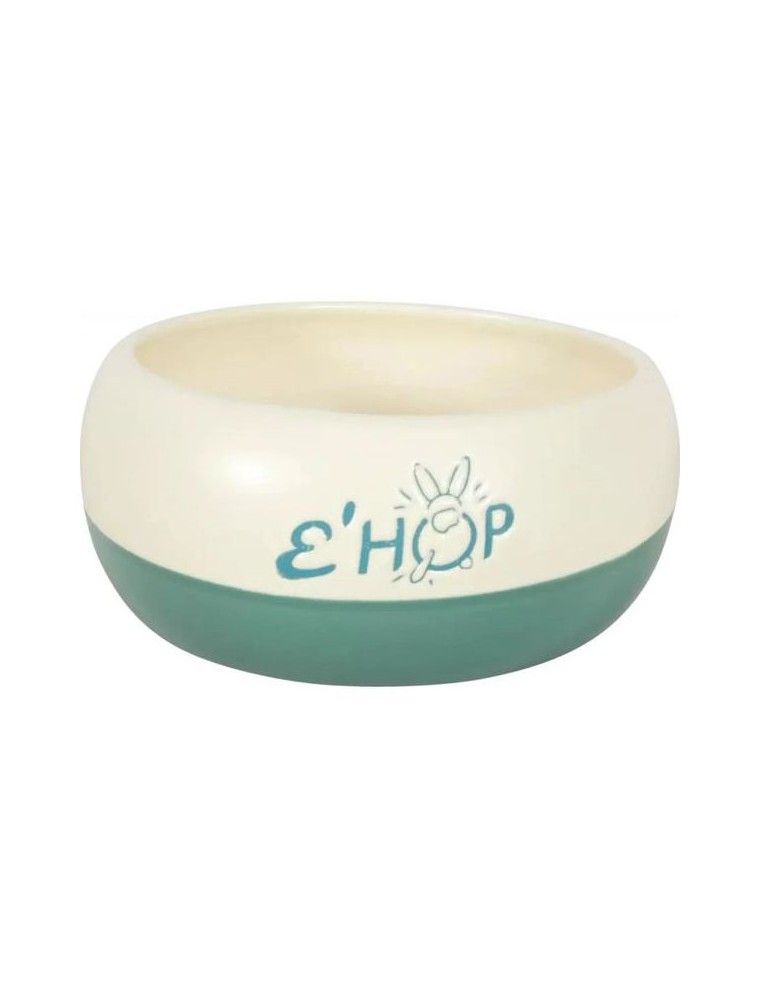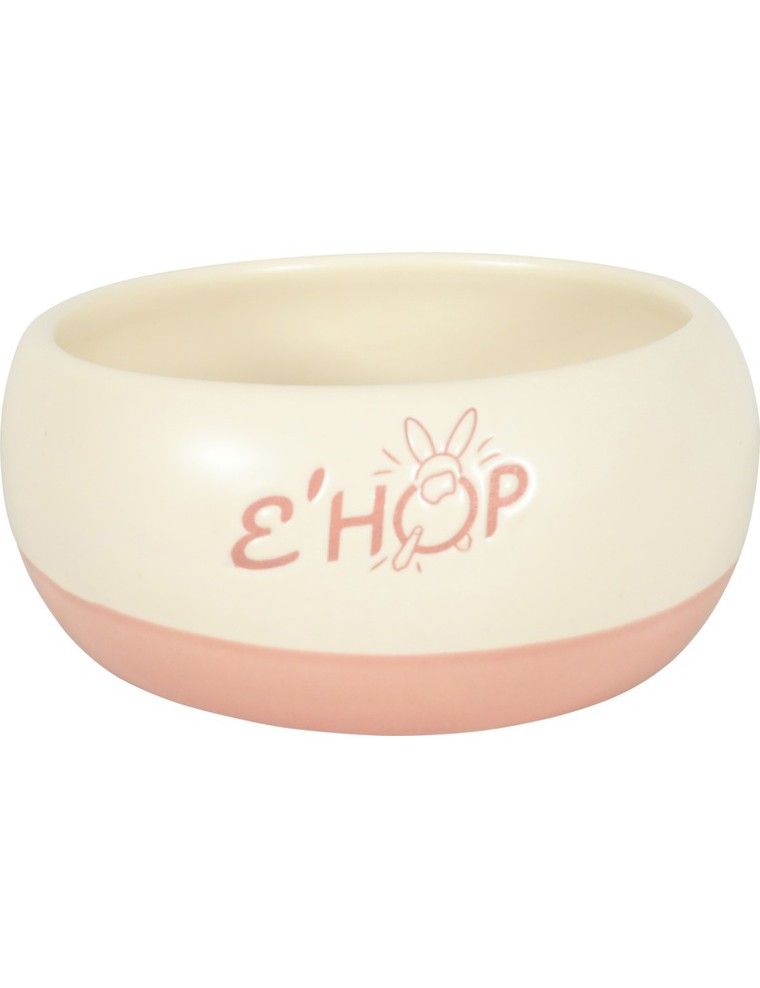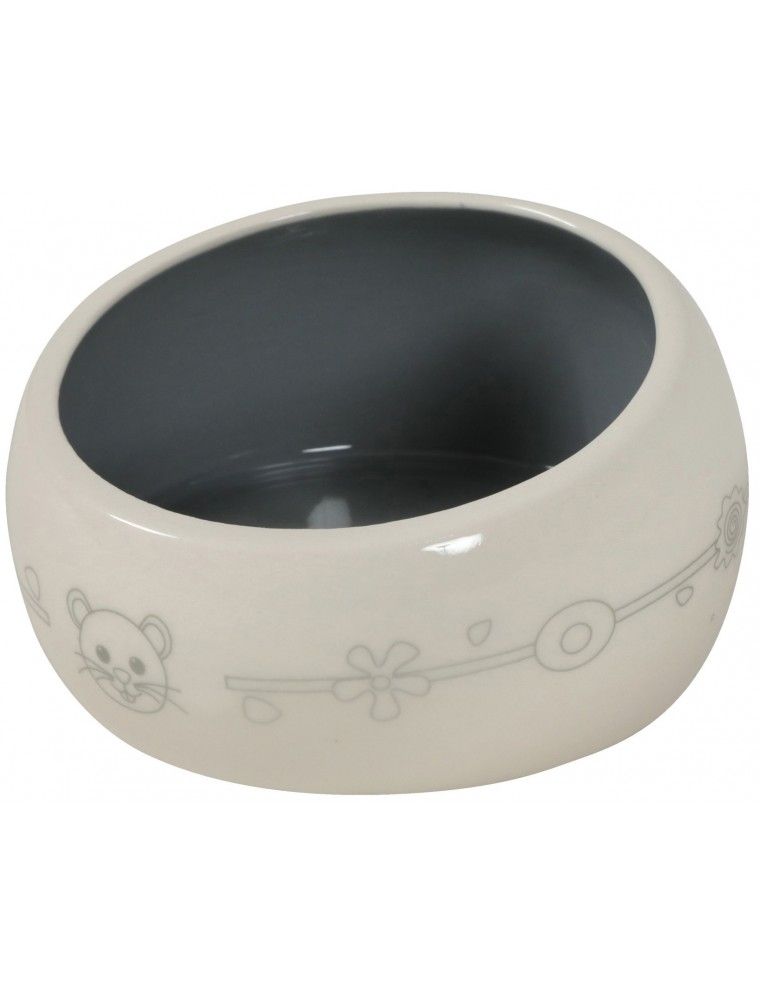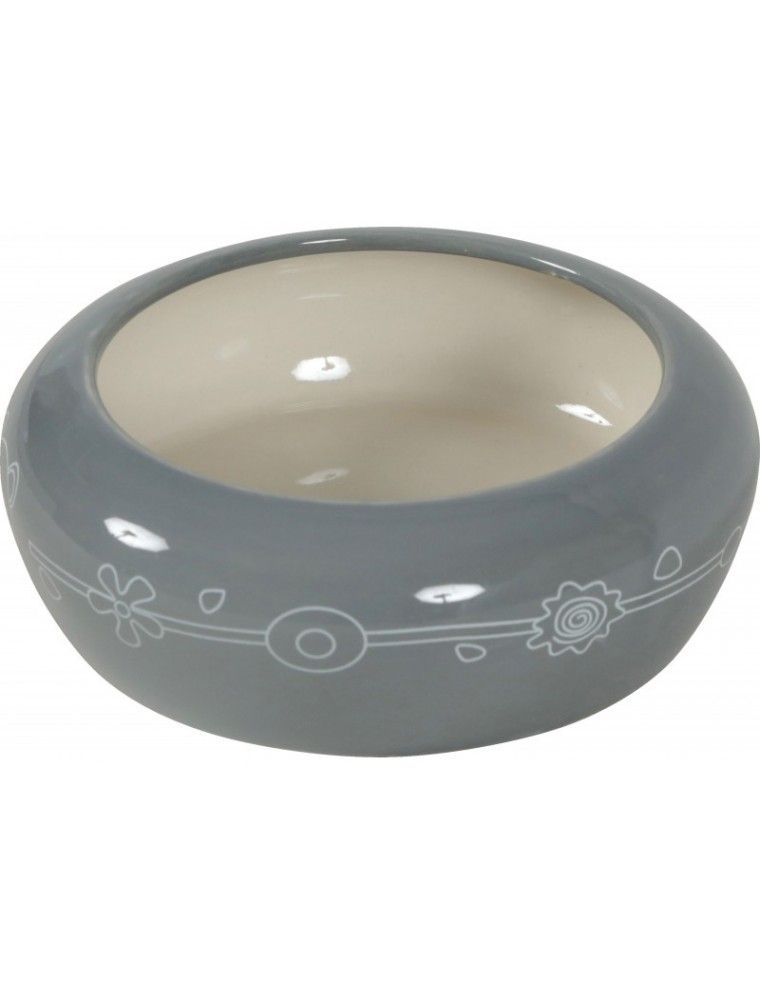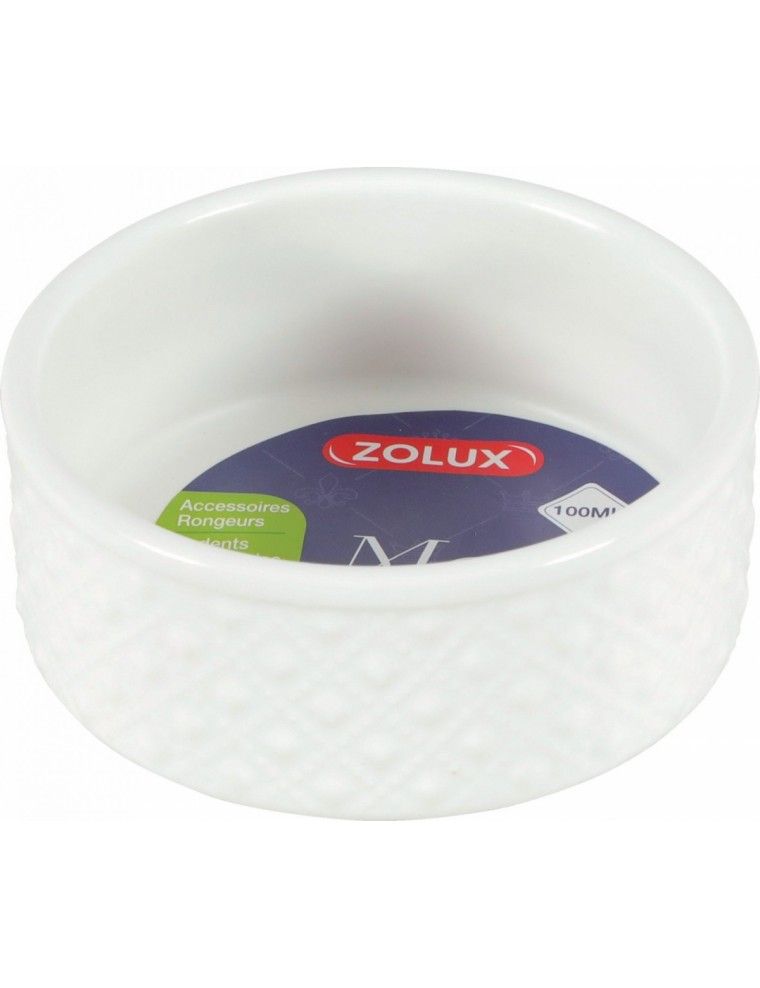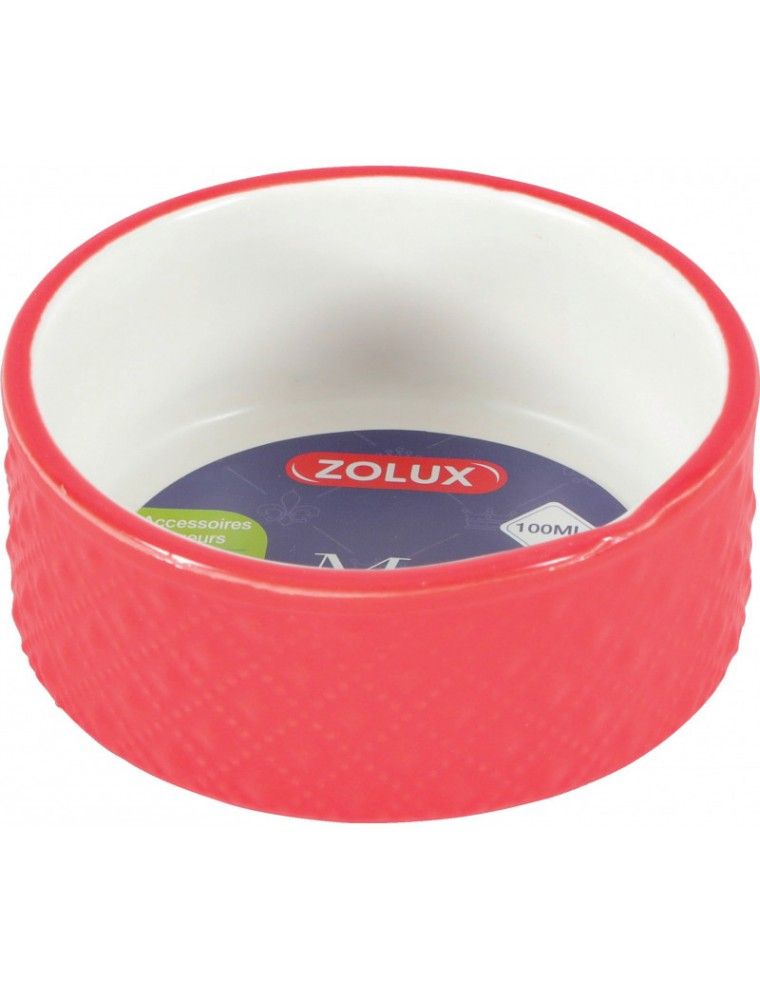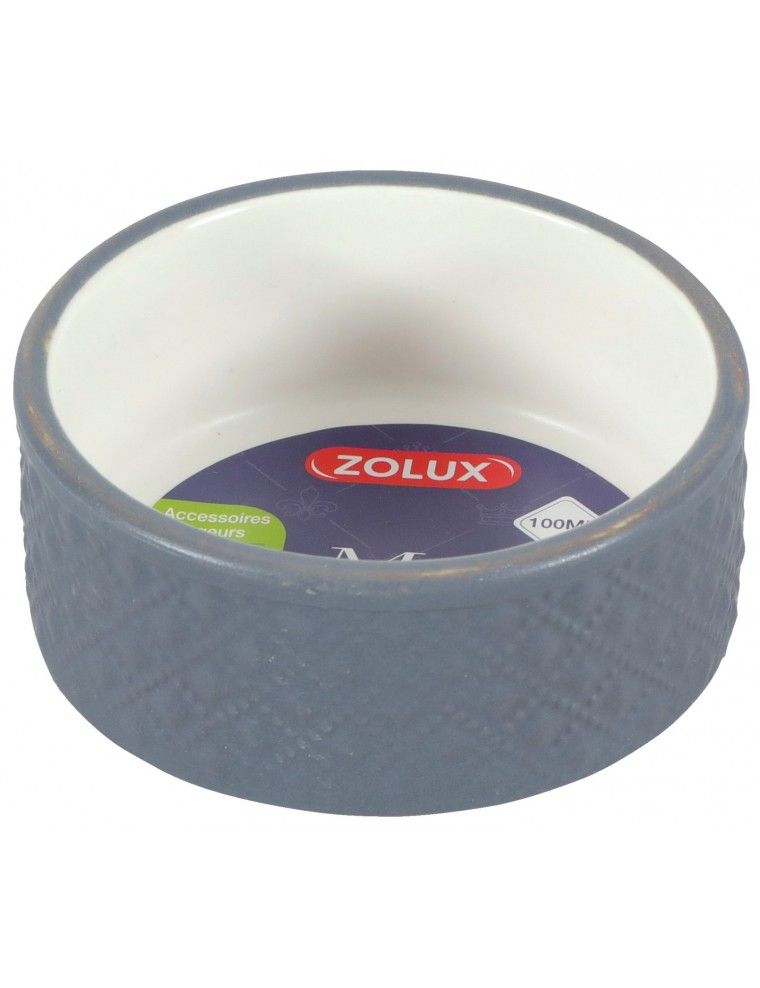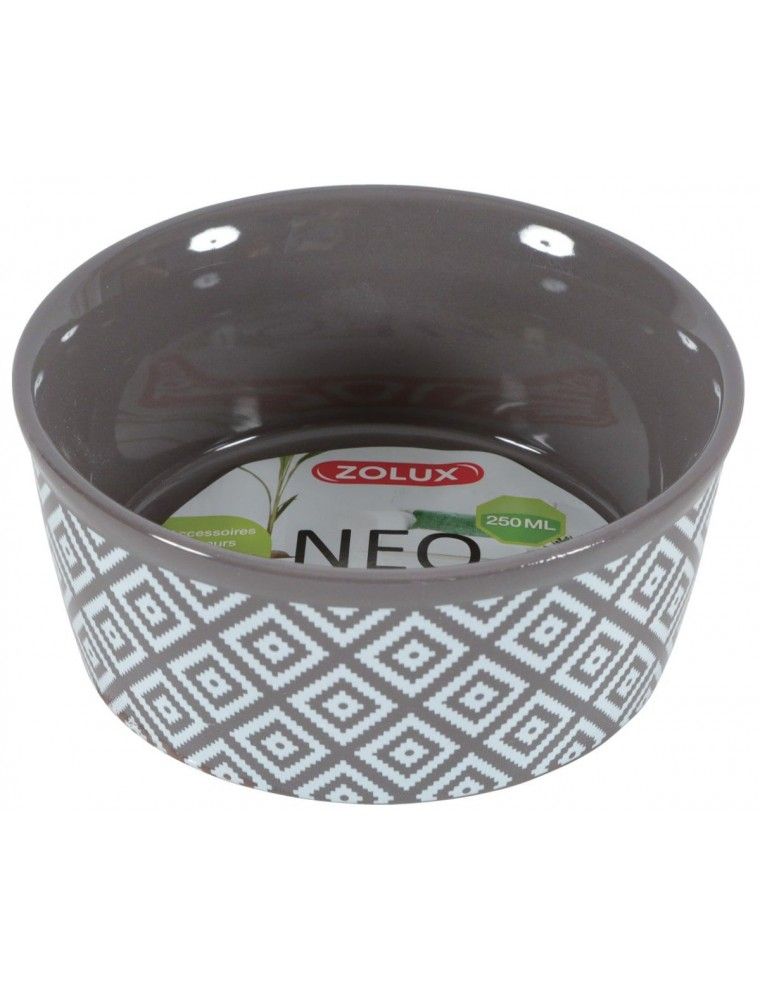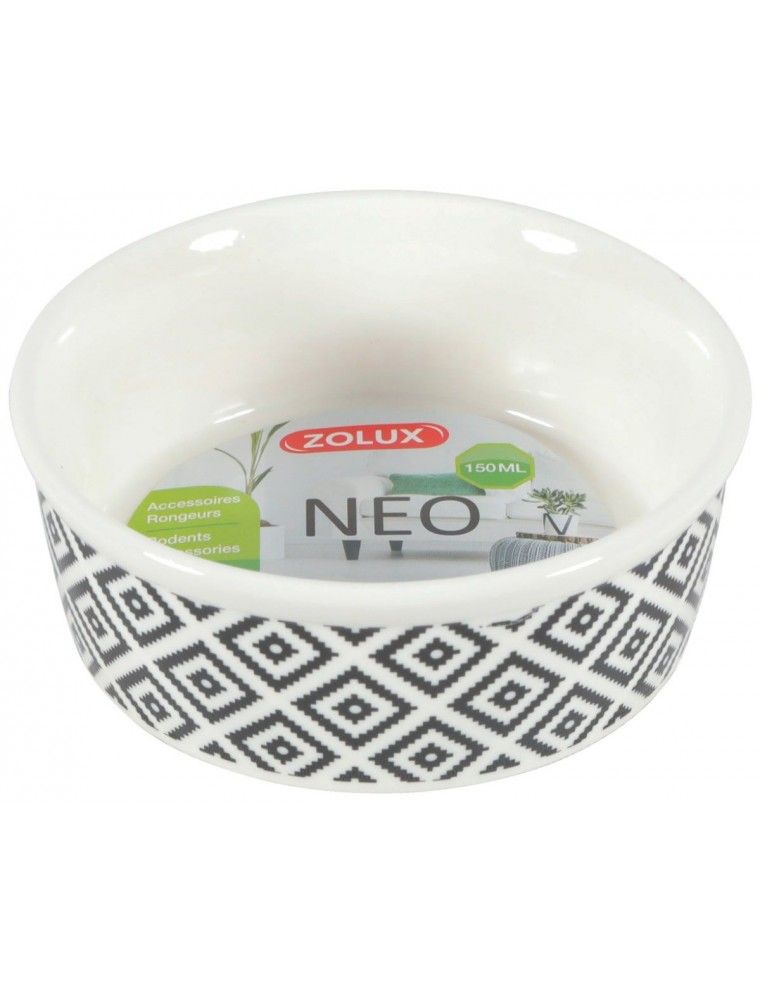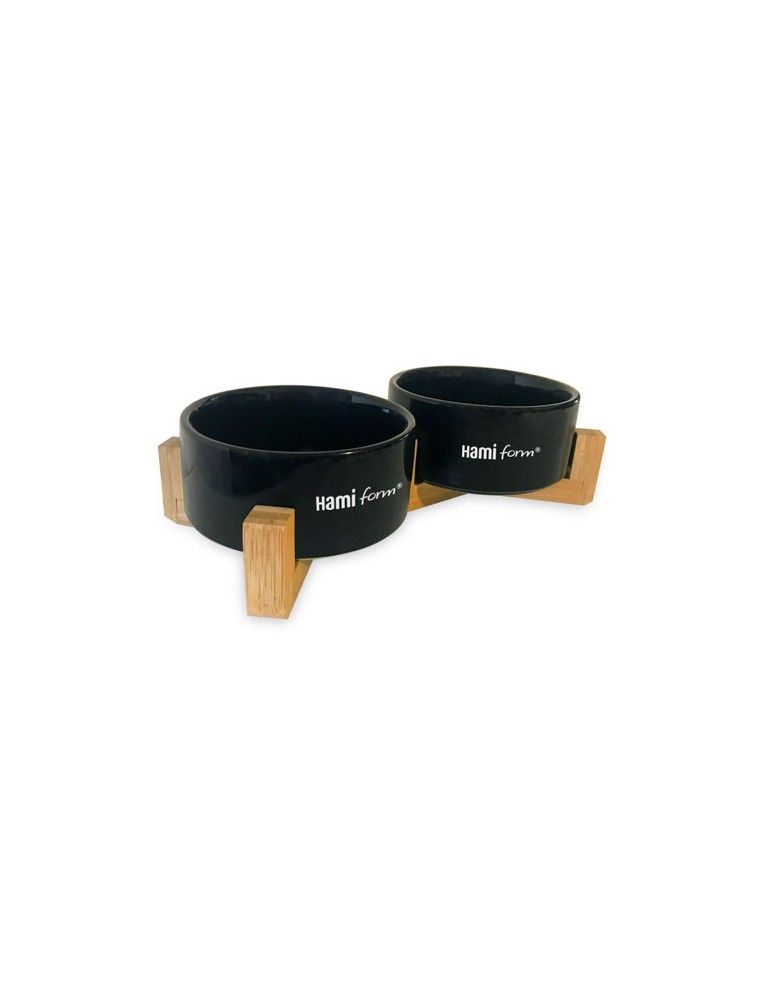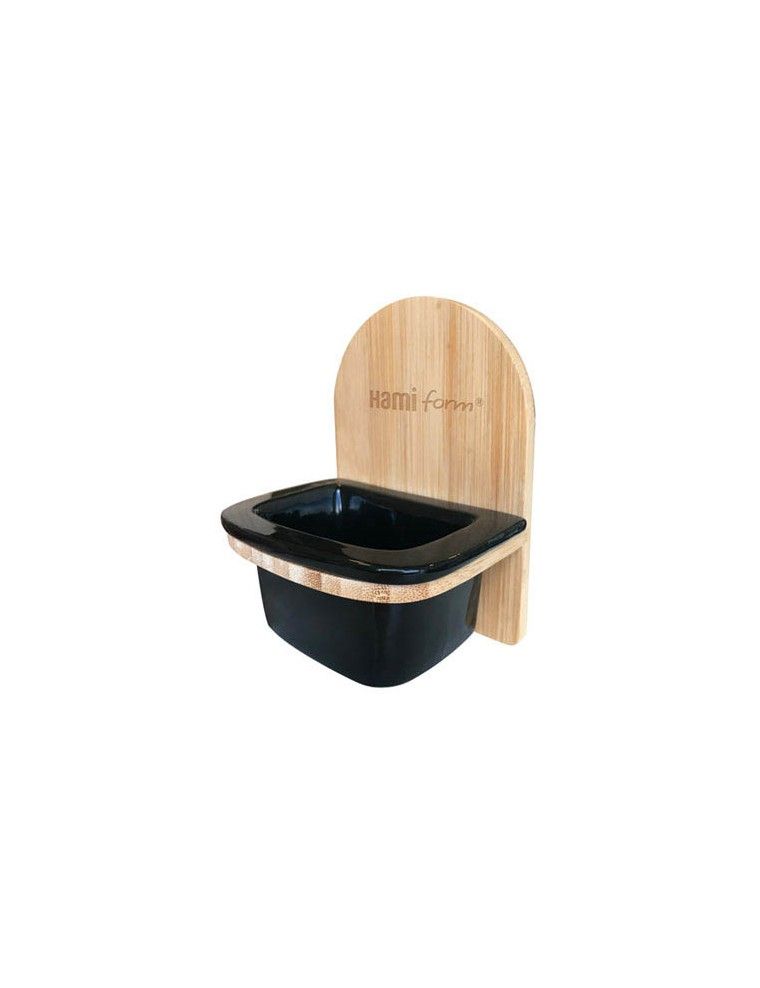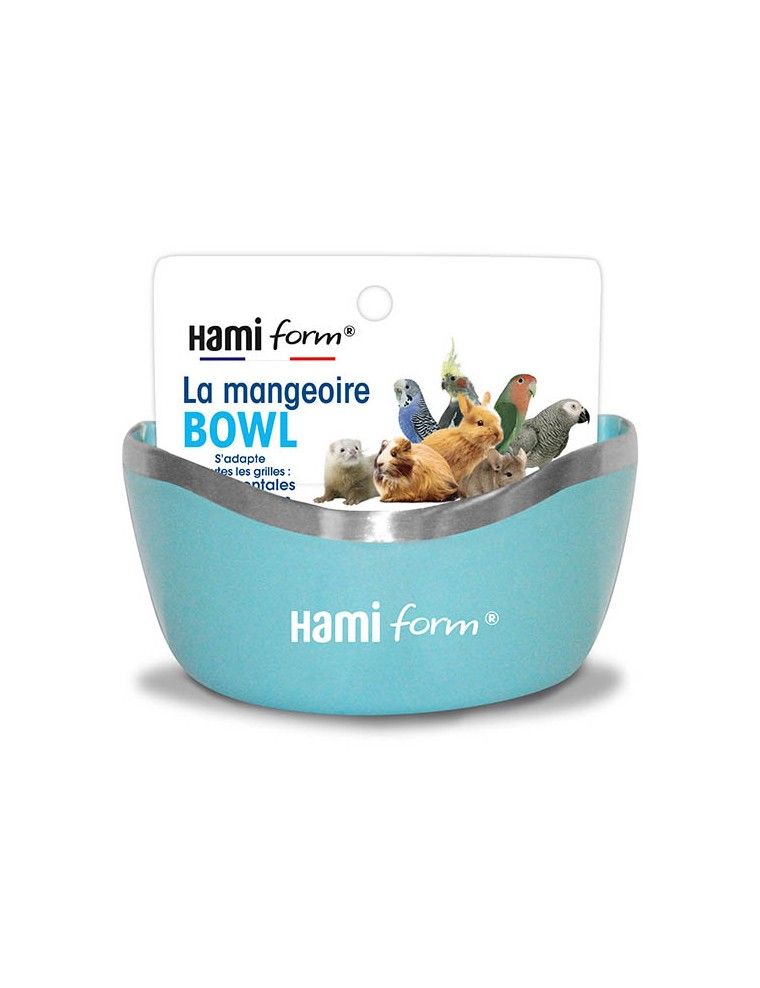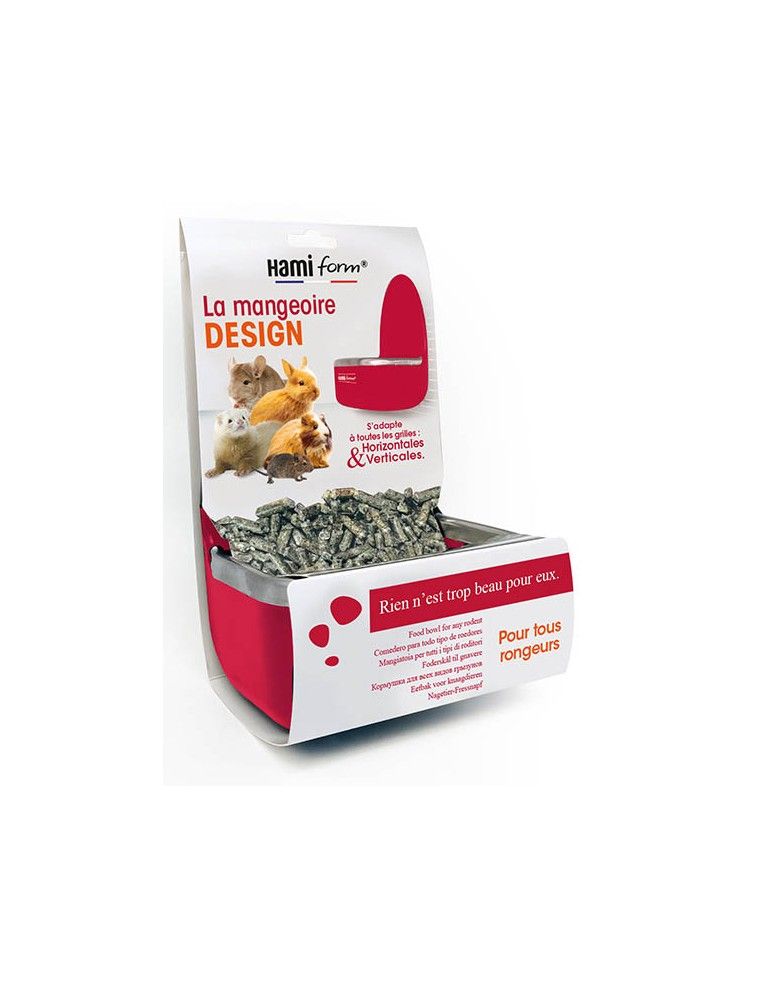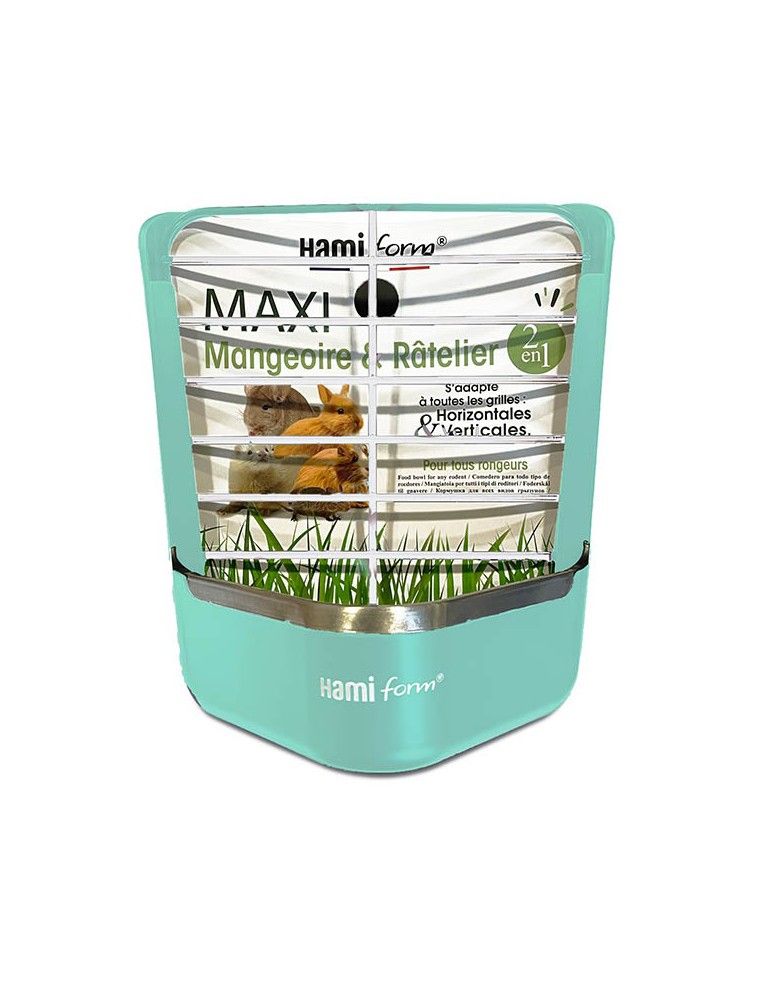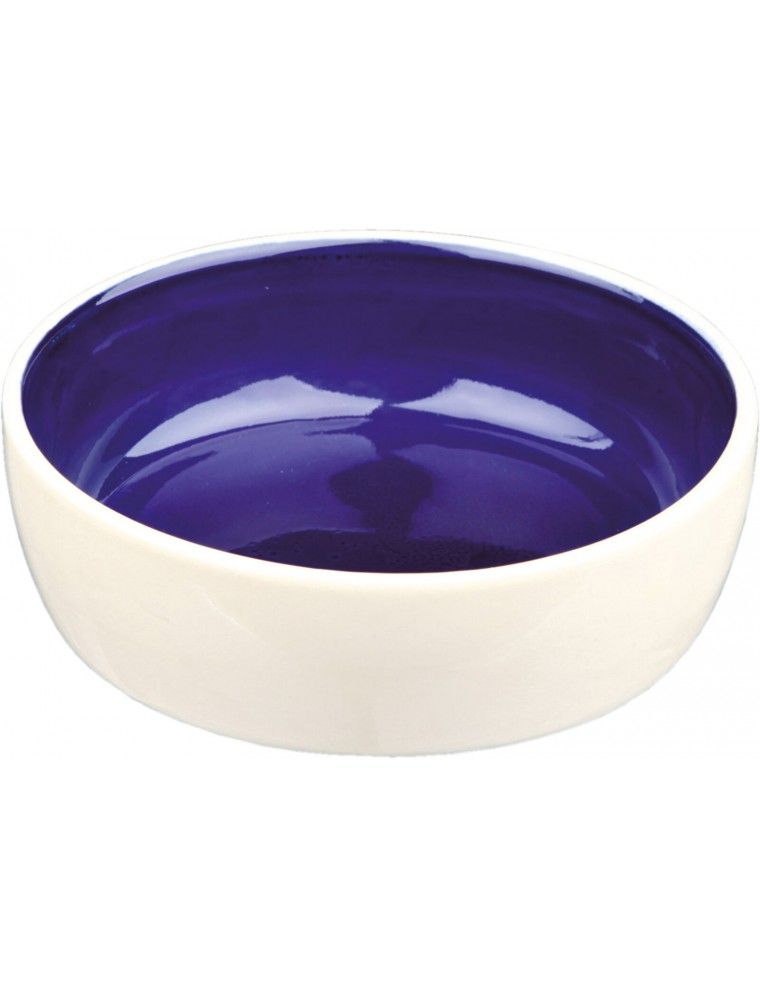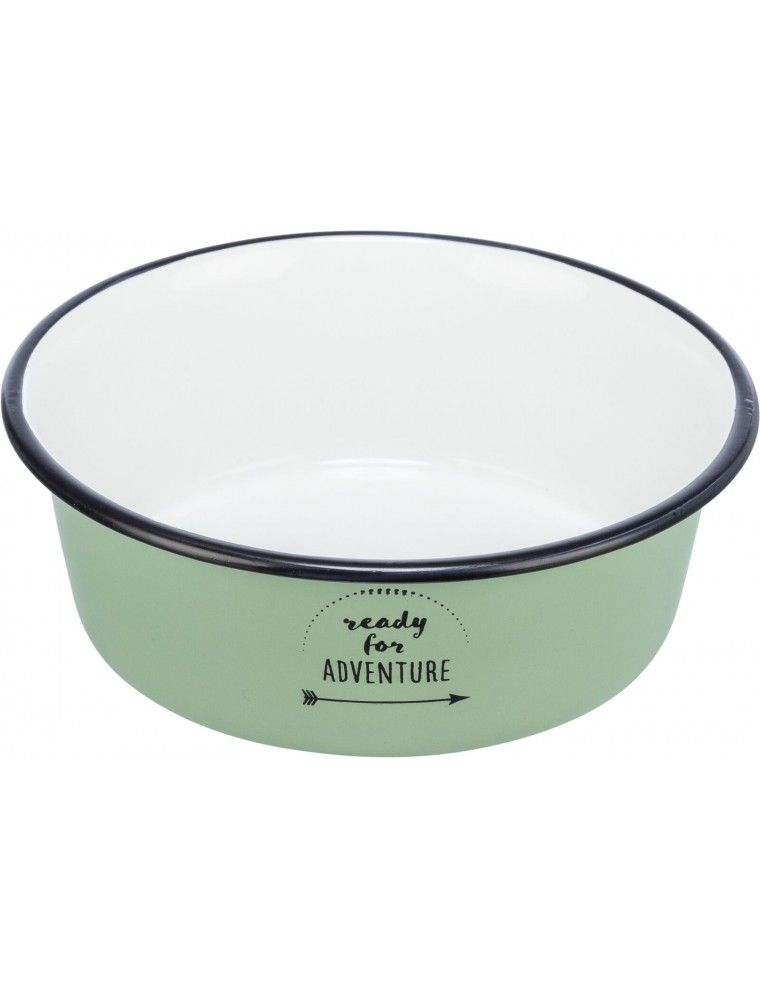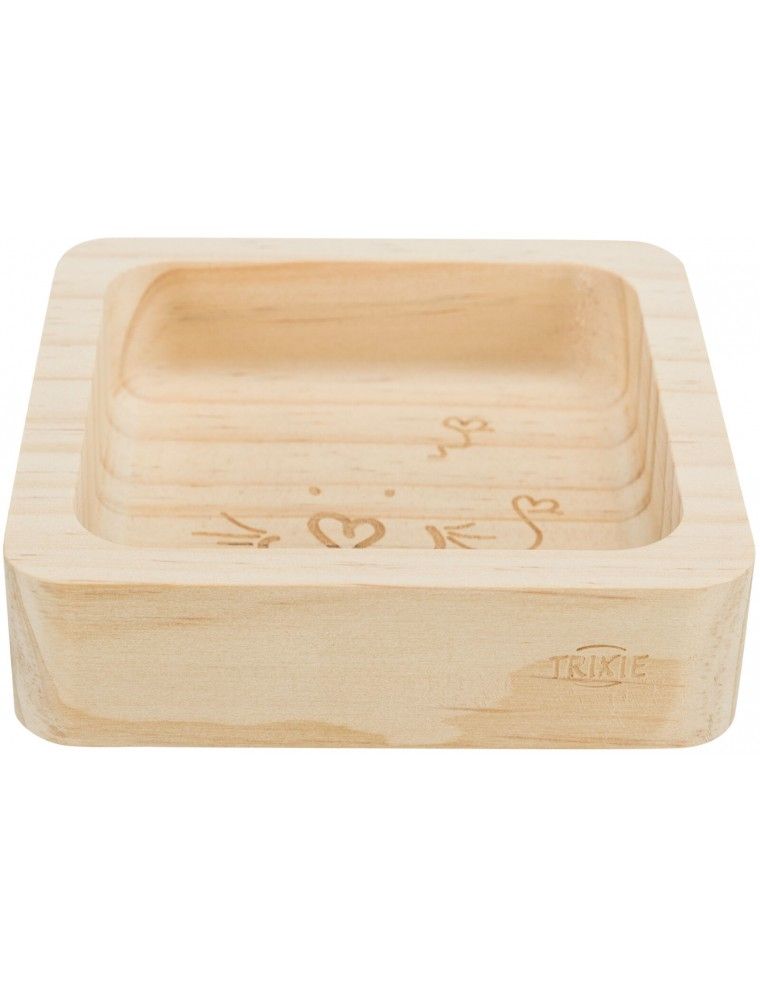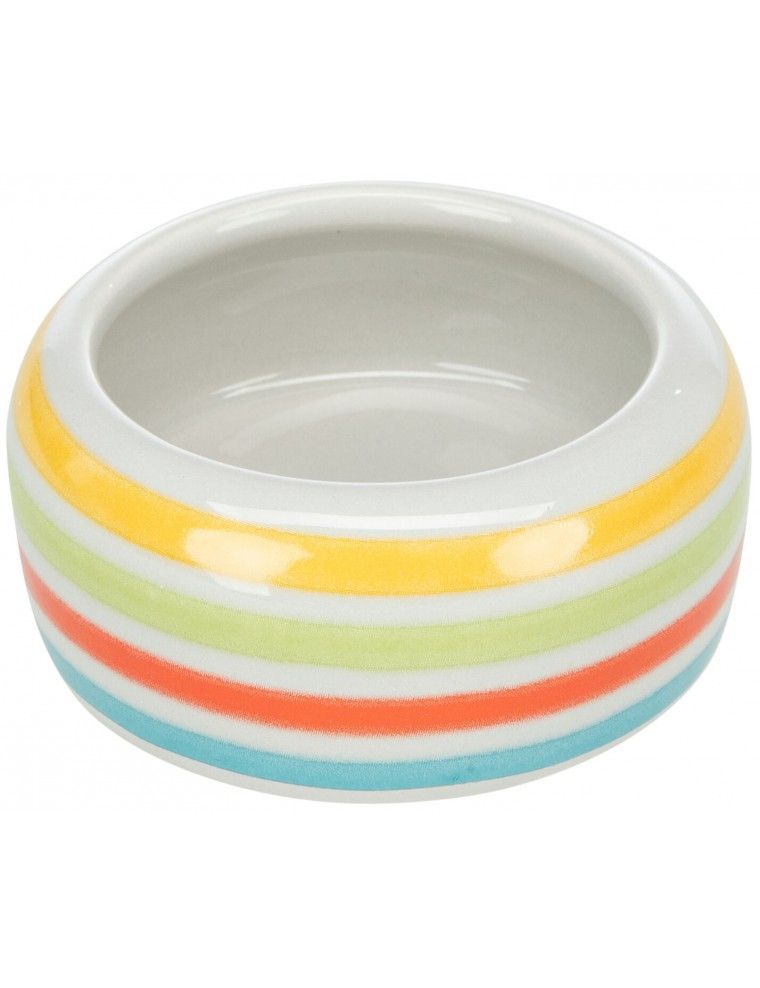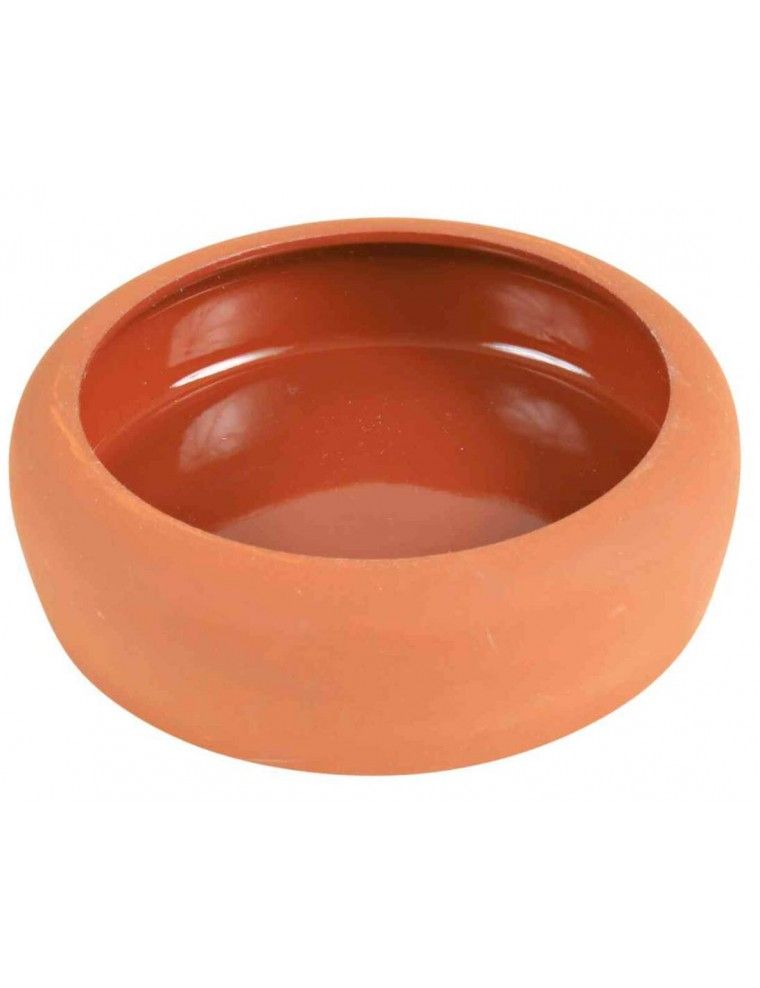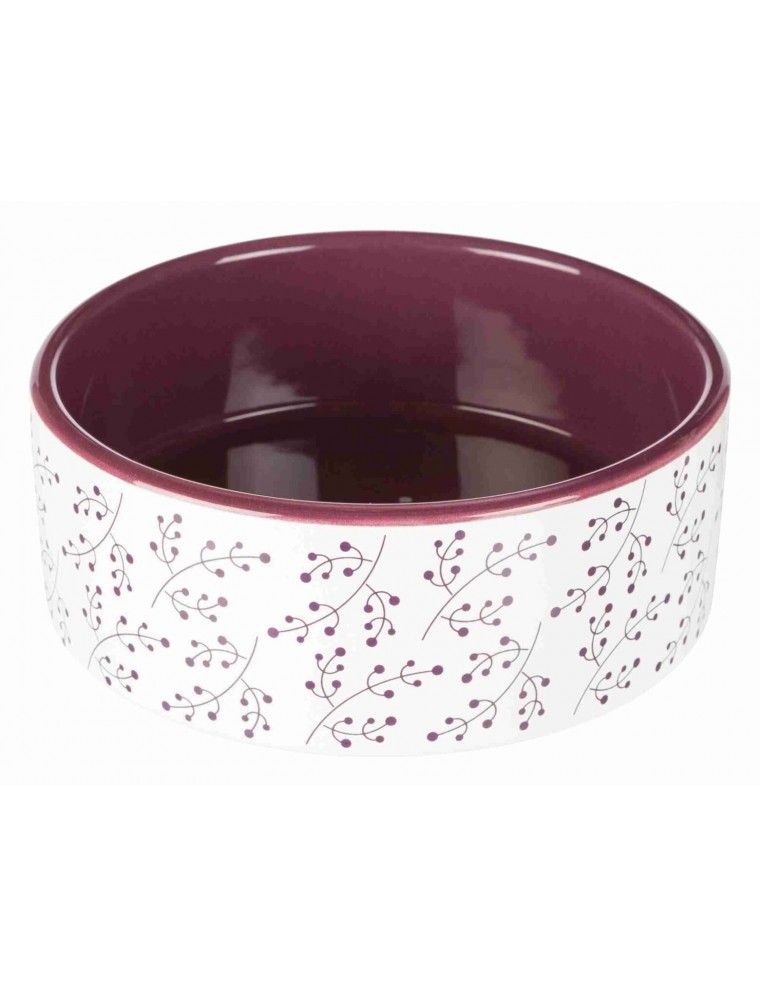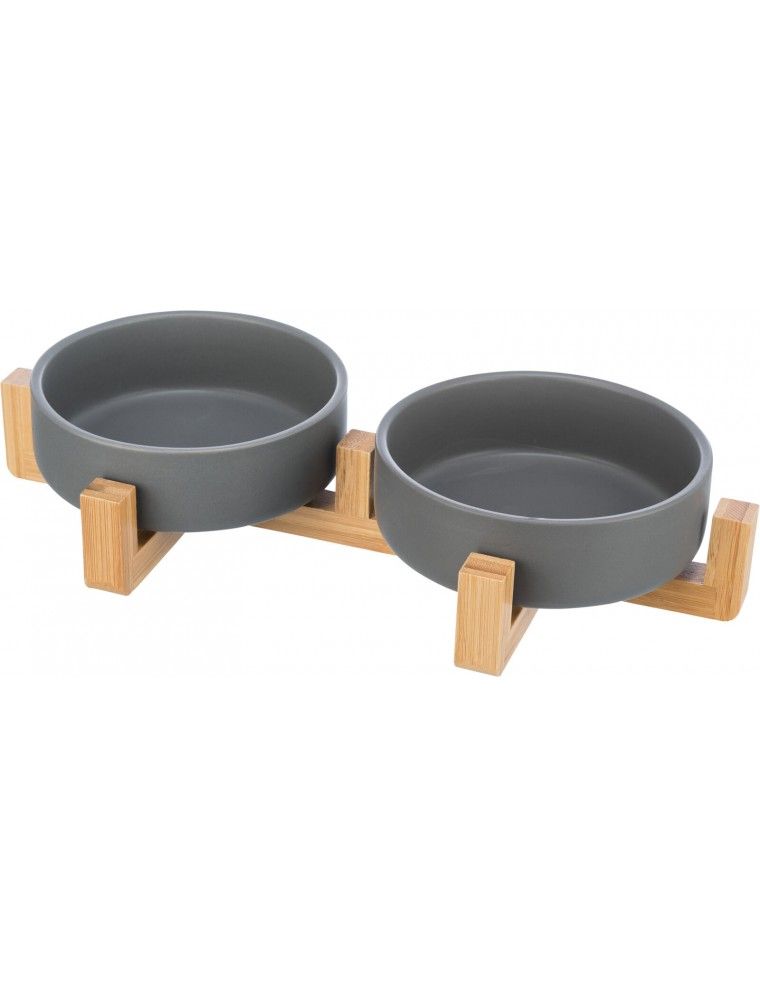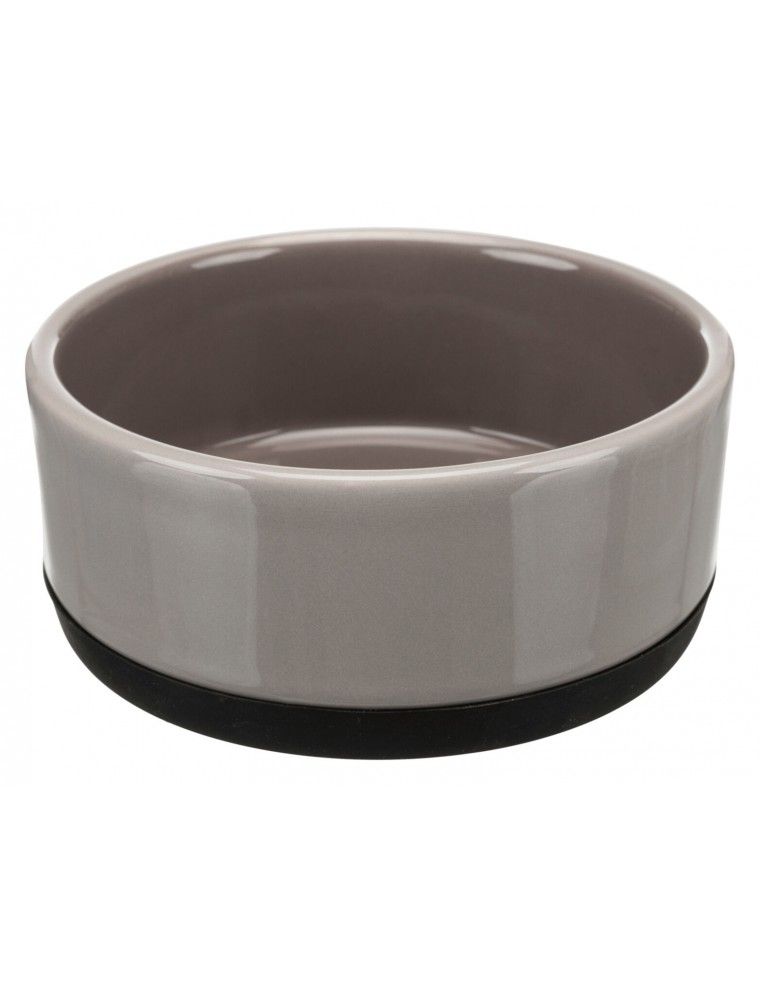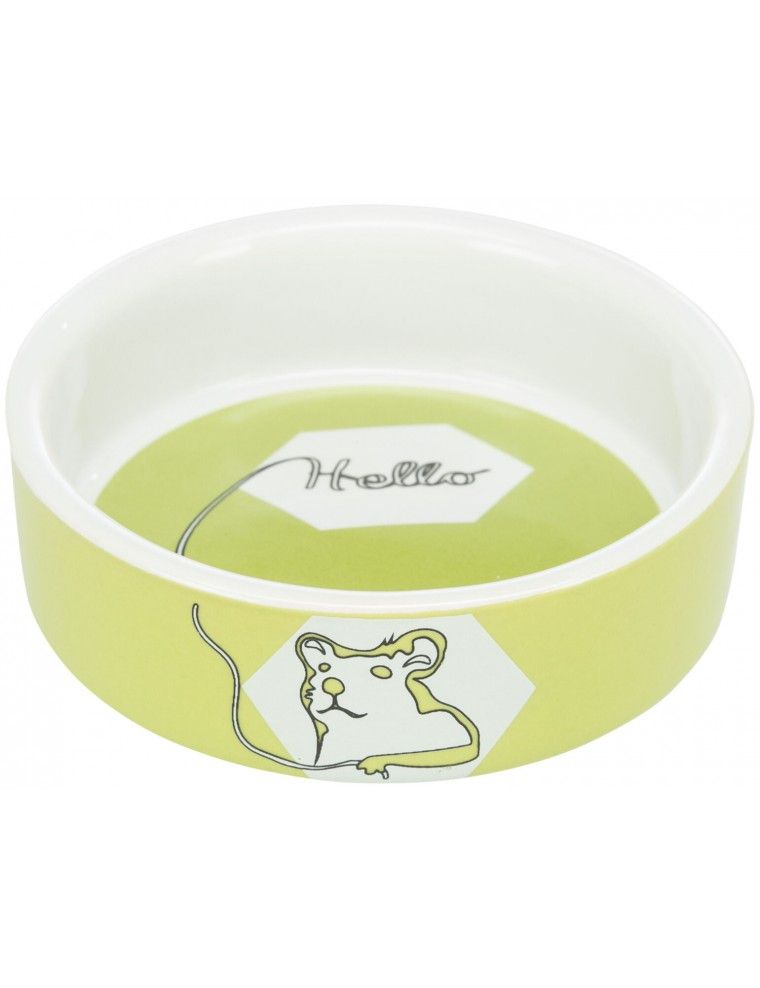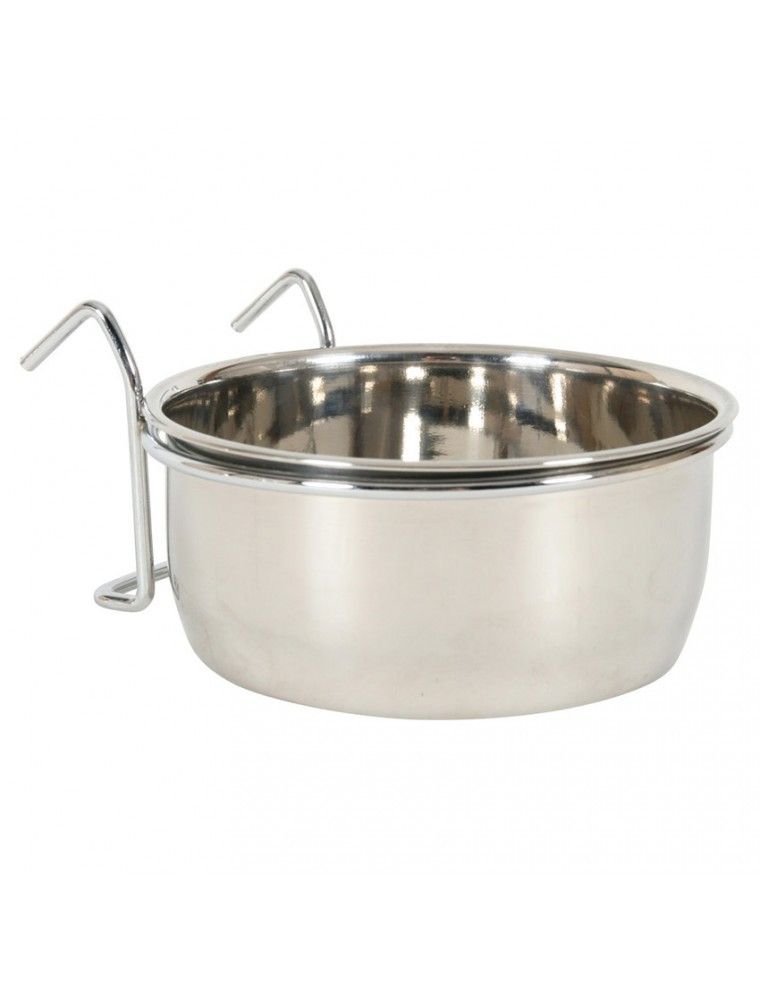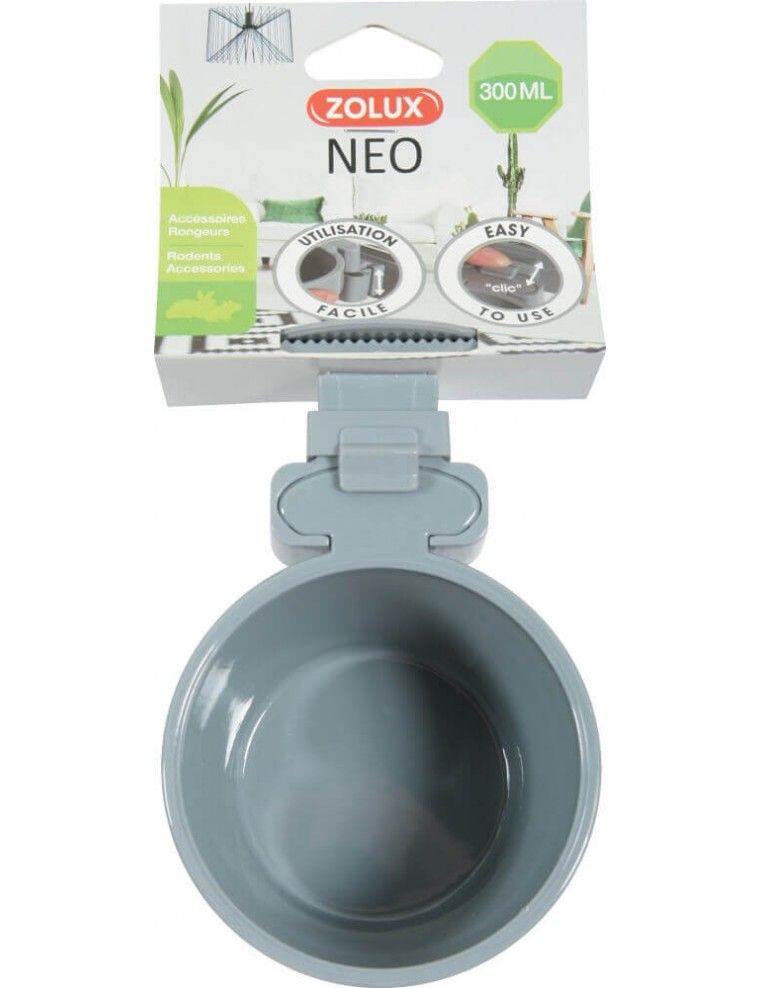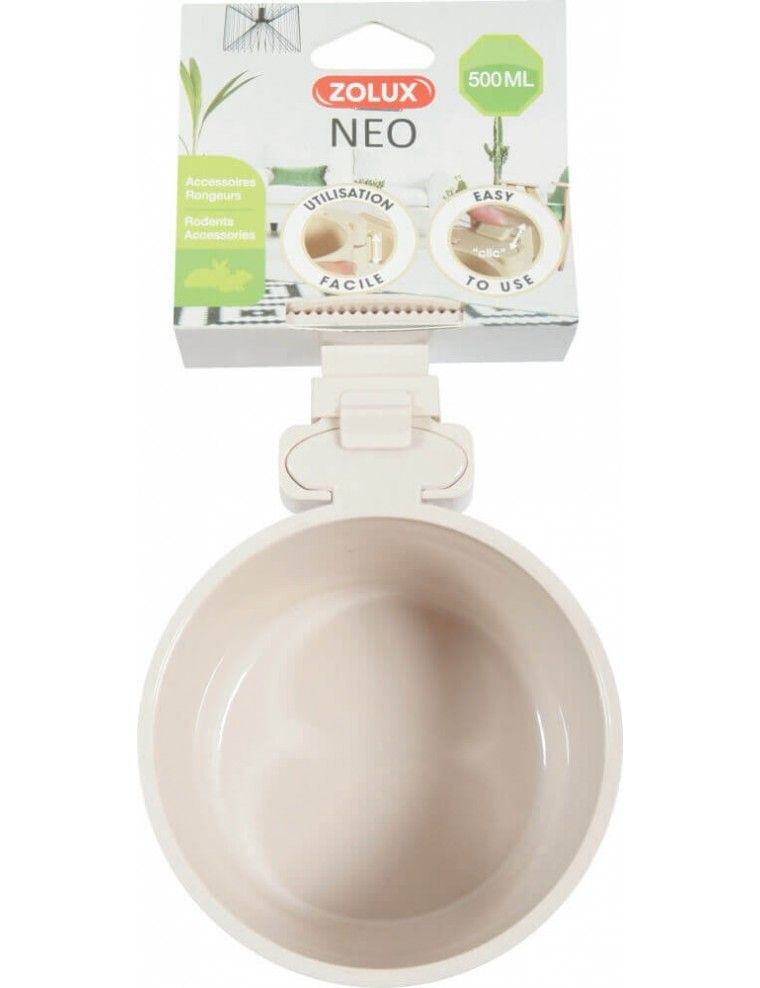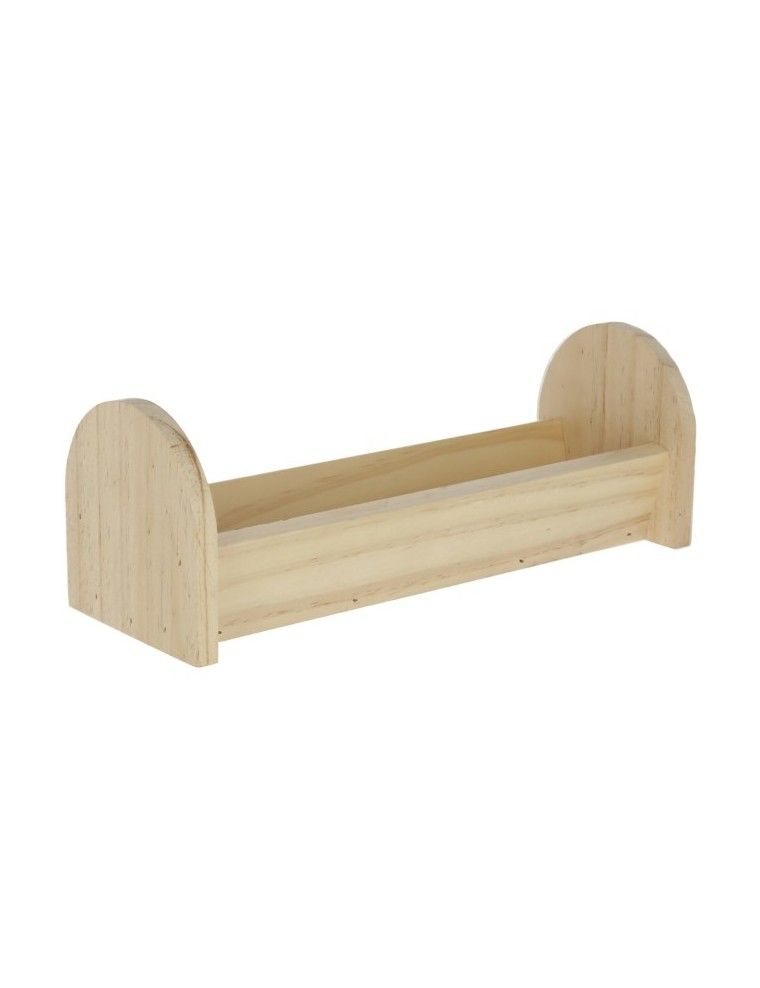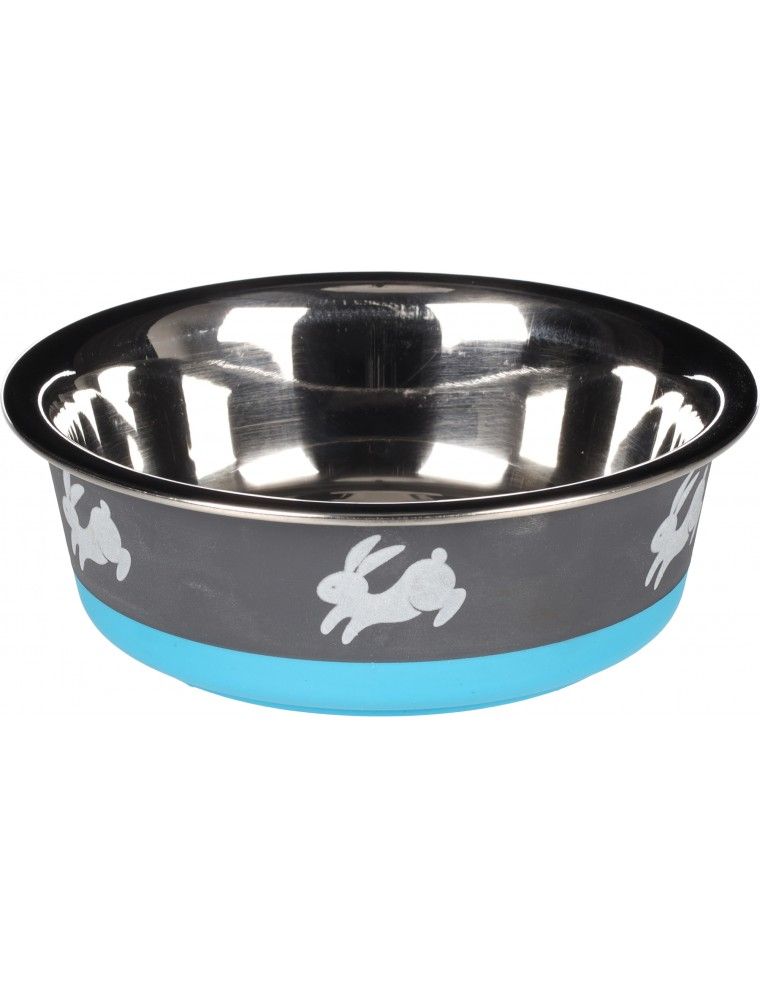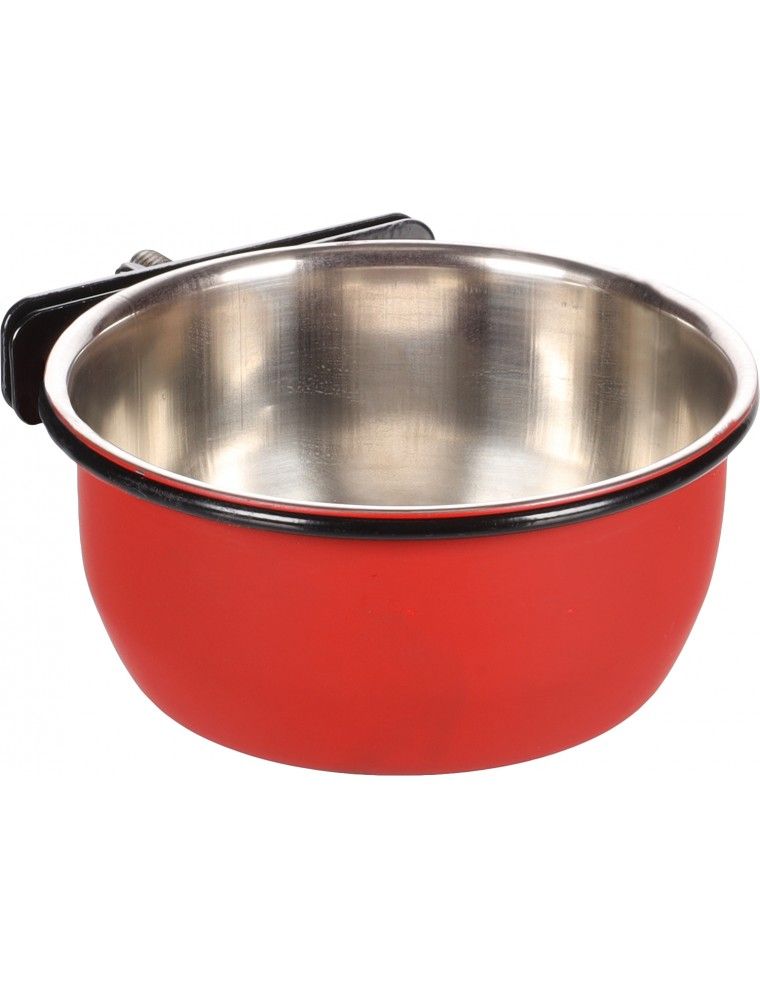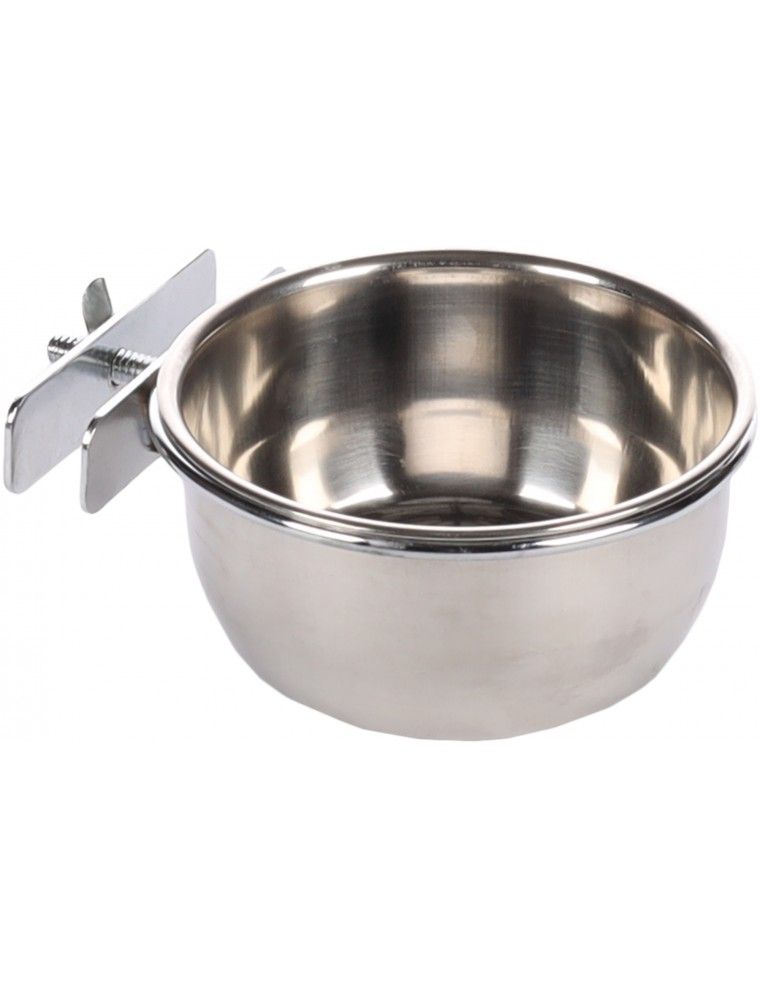- -10%
- -10%
- 4 in stock
Bowl Hamster
Hamster Bowls to Discover: Comfort and Style at the Meeting
Choosing the right bowl for your hamster at Le petit rodent means combining practicality, hygiene, and aesthetics in your little companion's living space. With a variety of materials like wood, enamel, metal, and more, as well as a wide choice of colors, our bowls are designed to meet all needs and preferences. Kerbl , Hamiform , Trixie , Zolux ... our partner brands promise quality and durability for the well-being of your hamster.
Choosing the Ideal Bowl: Size and Material Matter
Choosing a hamster bowl is not something to be done lightly. The capacity must be adapted to the appetite of your small rodent, thus avoiding waste or food shortages. The material, for its part, influences durability and ease of cleaning. Ceramic and stainless steel bowls, for example, are appreciated for their robustness and hygiene, while plastic ones, light and practical, are suitable for daily use despite less resistance to gnawing.
The Importance of the Attachment System and Bowl Position
The bowl's attachment system and its position in the cage play a crucial role in the safety and hygiene of your hamster's diet. Hanging bowls offer a solution to food contamination by keeping it away from the cage floor. For animals that tend to spill their food, opting for a heavy or fixed bowl may be wise.
Types of Bowls: Between Bowls and Play Supports
Our range includes standing bowls, fruit and vegetable stands, and hanging bowls, each meeting a specific need. Whether you're looking for a simple, elegant solution or a more secure option for more active hamsters, The Little Rodent has what you need. The materials vary from stainless steel, easy to clean and durable, to ceramic, robust and stable, to bamboo, for a natural and ecological touch.
Our Recommendations for Choosing your Bowl
Taking your hamster's behavior into account is essential when choosing its bowl. For the more spirited, a heavier stainless steel or ceramic bowl will be preferable to avoid spills. Resistant materials such as stainless steel or ceramic are also recommended for rodents who like to chew. At Le petit rodent, finding the perfect bowl for your companion means guaranteeing their well-being while elegantly integrating the accessory into their home.
Bowl
Hamster Bowls to Discover: Comfort and Style at the Meeting
Choosing the right bowl for your hamster at Le petit rodent means combining practicality, hygiene, and aesthetics in your little companion's living space. With a variety of materials like wood, enamel, metal, and more, as well as a wide choice of colors, our bowls are designed to meet all needs and preferences. Kerbl , Hamiform , Trixie , Zolux ... our partner brands promise quality and durability for the well-being of your hamster.
Choosing the Ideal Bowl: Size and Material Matter
Choosing a hamster bowl is not something to be done lightly. The capacity must be adapted to the appetite of your small rodent, thus avoiding waste or food shortages. The material, for its part, influences durability and ease of cleaning. Ceramic and stainless steel bowls, for example, are appreciated for their robustness and hygiene, while plastic ones, light and practical, are suitable for daily use despite less resistance to gnawing.
The Importance of the Attachment System and Bowl Position
The bowl's attachment system and its position in the cage play a crucial role in the safety and hygiene of your hamster's diet. Hanging bowls offer a solution to food contamination by keeping it away from the cage floor. For animals that tend to spill their food, opting for a heavy or fixed bowl may be wise.
Types of Bowls: Between Bowls and Play Supports
Our range includes standing bowls, fruit and vegetable stands, and hanging bowls, each meeting a specific need. Whether you're looking for a simple, elegant solution or a more secure option for more active hamsters, The Little Rodent has what you need. The materials vary from stainless steel, easy to clean and durable, to ceramic, robust and stable, to bamboo, for a natural and ecological touch.
Our Recommendations for Choosing your Bowl
Taking your hamster's behavior into account is essential when choosing its bowl. For the more spirited, a heavier stainless steel or ceramic bowl will be preferable to avoid spills. Resistant materials such as stainless steel or ceramic are also recommended for rodents who like to chew. At Le petit rodent, finding the perfect bowl for your companion means guaranteeing their well-being while elegantly integrating the accessory into their home.
- 3 in stock
- in replenishment
- 3 in stock
- in replenishment
- 1 in stock
- 1 in stock
- 3 in stock
- 7 in stock
- 5 in stock
- 5 in stock
- 6 in stock
- 5 in stock
- 10 in stock
- 7 in stock
- 1 in stock
- 1 in stock
- 5 in stock
- in replenishment
- 4 in stock
- 3 in stock
- 1 in stock
- 3 in stock
- 1 in stock
- 2 in stock
- -10%
- -10%
- 3 in stock
- 1 in stock
- 1 in stock
- in replenishment
- 3 in stock
- 3 in stock
- in replenishment
- 1 in stock
Questions / Réponses
Une gamelle en céramique ou en porcelaine est idéale car elle est lourde, ce qui empêche le hamster de la renverser. Choisissez une gamelle peu profonde pour permettre un accès facile à la nourriture.
Placez la gamelle dans un coin de la cage qui reste sec et loin de la zone de couchage et du coin toilette. Cela aide à maintenir l'hygiène et encourage le hamster à manger dans une zone spécifique.
Vérifiez et remplissez la gamelle quotidiennement pour vous assurer que votre hamster a toujours accès à de la nourriture fraîche. Retirez les aliments non consommés et nettoyez la gamelle avant de la remplir à nouveau.
La quantité de nourriture dépend de la taille et de l'espèce de votre hamster. En général, 1 à 2 cuillères à soupe de nourriture par jour suffisent pour un hamster adulte. Ajustez la quantité en fonction de l'appétit et de l'activité de votre hamster.
Oui, il est important d'avoir une gamelle pour la nourriture et une bouteille d'eau ou une gamelle séparée pour l'eau. Cela empêche la nourriture de devenir humide et assure que l'eau reste propre.
Nettoyez la gamelle avec de l'eau chaude savonneuse et rincez-la bien au moins une fois par semaine. Vous pouvez également utiliser une solution de vinaigre dilué pour une désinfection naturelle.
Bien que les gamelles en plastique soient légères et peu coûteuses, elles peuvent être facilement renversées ou rongées par les hamsters. Si vous choisissez d'utiliser une gamelle en plastique, assurez-vous qu'elle est robuste et vérifiez régulièrement les signes de morsures.
Oui, vous pouvez donner des friandises à votre hamster dans sa gamelle, mais faites-le avec modération pour éviter l'obésité. Les friandises ne doivent pas dépasser 10 % de l'alimentation quotidienne de votre hamster.
Les hamsters ont un comportement naturel de stockage de nourriture. Continuez à remplir la gamelle quotidiennement pour assurer une alimentation constante, mais surveillez la quantité de nourriture cachée pour éviter la suralimentation.
Évitez les gamelles en métal non revêtu qui peuvent rouiller ou celles en plastique de mauvaise qualité qui peuvent être nocives si ingérées. Privilégiez les matériaux non toxiques et durables comme la céramique ou la porcelaine de bonne qualité.
